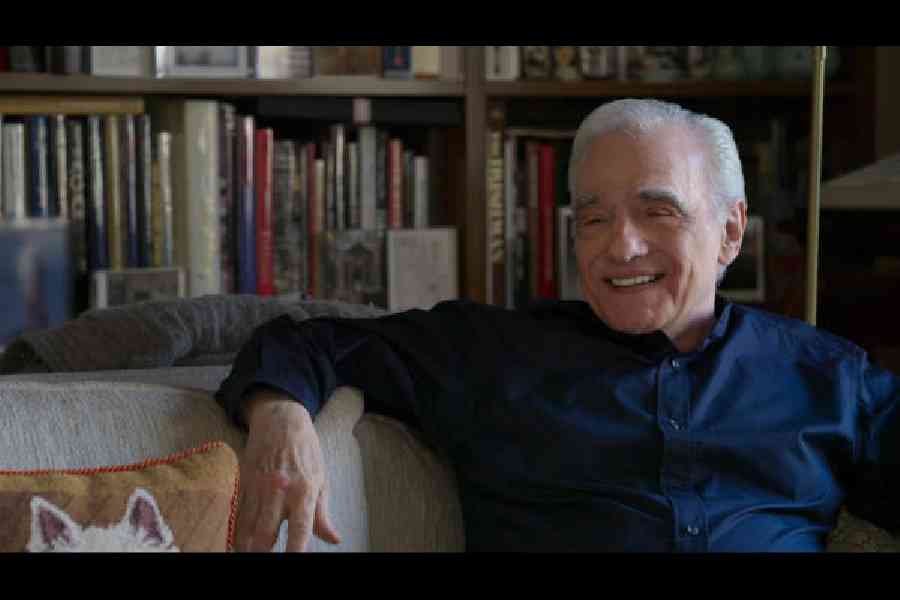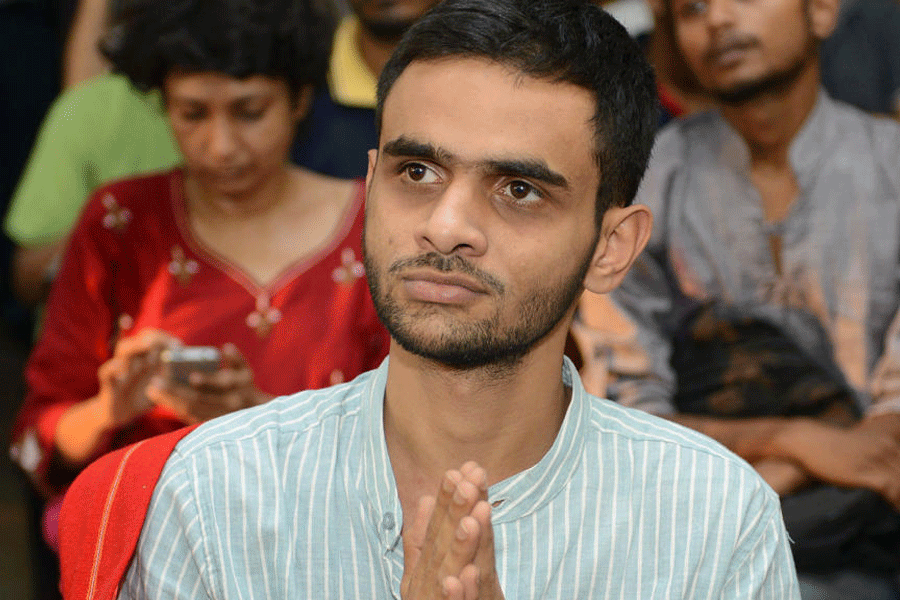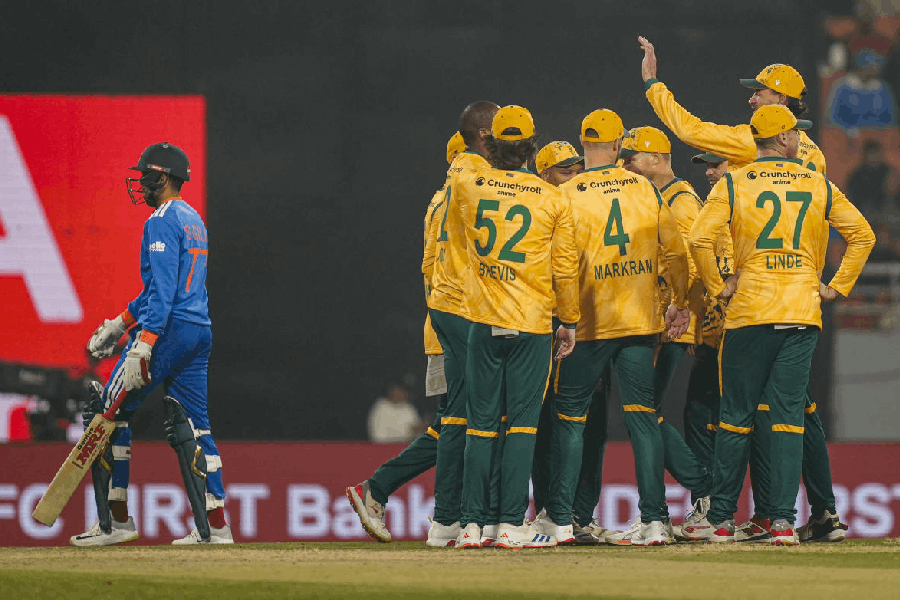Martin Scorsese is as much a star as his movies have been for decades. Rebecca Miller’s five-part Apple TV docuseries, Mr. Scorsese, is not a Wikipedia-style portrayal of a man with countless cinematic milestones. It is more about Hollywood’s acceptance of a man whose films have, at times, been considered too aggressive, yet none can deny his influence in restoring and supporting the art of cinema.
Here’s a boy from Elizabeth Street in Manhattan’s Little Italy. His family had a short-lived stay in Corona, Queens, but had to return after his father got into a fracas with the landlord. As a young boy, this is where he spent his time on his grandmother’s fire escape, staring down at urban chaos and wise guys. His block on Elizabeth Street was Sicilian, with most residents coming from Polizzi Generosa or Ciminna, two villages in north-central Sicily. The young man was frail, sick with asthma, but not his imagination, which grew wings when he went to the cinema.
Living in a neighbourhood where violence was a wink away, for some time, he found peace in the Catholic church and even considered becoming a priest, but he was expelled from a preparatory seminary.
Through old interviews with his parents and new interviews with childhood friends, combined with historical footage, the life of a young Martin Scorsese is relived. This was the part of his life when he saw his friend lose an arm to cancer and then die young. He was buried in a cemetery above which loomed a sign for a canning company. No wonder the 1967 anti–Vietnam War short film The Big Shave or his 2002 Gangs of New York are visual masterpieces with undertones of criticism of capitalism. And no wonder there is always the sinner-saint debate in his films.
Life moved in a different direction once he was at New York University and found a mentor in film professor Haig Manoogian. Equally integral to his craft is the contribution of his longtime editor Thelma Schoonmaker. They met in graduate school. Viewers will be in for a treat when she discusses Raging Bull and other films.
The docuseries also casts an eye on the history of modern American cinema, including the rise and fall of independent filmmaking, the impact of violence in cinema, and the power of the religious right in its reaction to The Last Temptation of Christ.
Close attention is paid to some of his most important films (though not all of them), including Mean Streets, Alice Doesn’t Live Here Anymore, Taxi Driver, Raging Bull, New York, New York, The Age of Innocence and The Departed.
Hugo is missed and so is his TV work, but director Rebecca Miller is more interested in understanding the man’s roots. She interviews the famous with as much ease as she speaks in depth to the people Scorsese moved around with before he became a cineaste, touching upon even the guy who inspired Johnny Boy in Mean Streets.
Few directors know comebacks as well as Scorsese. Raging Bull was a resounding success, but The King of Comedy put him in a dark spot, only for him to emerge with After Hours. The years went by, and he once again faced disappointment with The Last Temptation of Christ, which paved the way for the classic Goodfellas.
The 1990s were kind to him and so were the years that followed. This is the stretch where the focus is on Scorsese’s friendship with Leonardo DiCaprio: Shutter Island, The Wolf of Wall Street and whatnot.
All his three daughters make an appearance, and even though the elder two admit their father kept a busy schedule, nobody holds a grudge.
Scorsese doesn’t get reflective; he tells it as it is. He partied through the 1970s, his body wrecked by drugs, landing him in a near-death situation. What followed was Raging Bull and a photo of Scorsese and De Niro holding pina coladas and wearing Hawaiian shirts.
There is a scene in Casino where Joe Pesci’s character stabs a man with a pen. Mick Jagger remains baffled as to why Scorsese would use a Rolling Stones ballad as background music. But that’s the power of Scorsese. Don’t ask why… just soak up all that’s on the screen.










